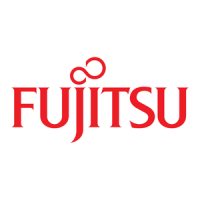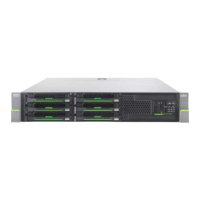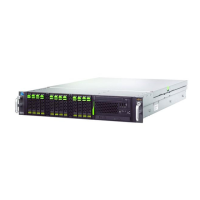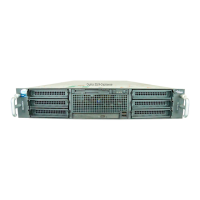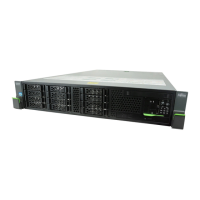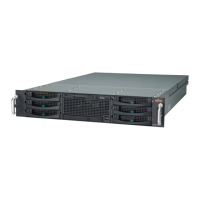Command (Receive File):
scp <user>@<host>:<directory>/<SourceFile> <TargetFile>
Command (Recursive Transfer):
scp -r <user>@<host>:<directory>/<SourceFolder> <TargetFolder>
Command (Specifying Remote Server Port):
scp -p 2222 <user>@<host>:<directory>/SourceFile> <TargetFile>
1.4.7
System Zeroization
The L100 Blade allows a user to securely delete the Crical Security Parameters (CSPs) and log les from the
Main and tributary blades. This feature zeroizes all the parons by wring zeros to the disk. Aer the
zeroizaon is done, the system is loaded back with factory default sengs. Log les, user data les, user
conguraon les, CSPs, and Remote Authencaon Dial-In User Service (RADIUS) les are the subsets of items
that get zeroized.
Note: The user must set the tributary blades into shelf provisioning mode to perform zeroizaon.
1.4.8
Root Access
Root access provides users with superuser privileges, allowing them to perform system debugging and to
acvate nave Linux features. The root access features can be used only by users with Level-4 privileges. Root
access is disabled by default.
Note: For more detailed root access informaon, refer to Root Access Guide, available on the Fujitsu Partners
website, hps://partners.fnc.fujitsu.com/documentaon.
1.4.9
CONSOLE Port
The CONSOLE port is a serial port that allows the user to connect to the blade with an RJ-45 connector for access
when required. The console port is located on the front of the blade and is labeled as CONSOLE. The CONSOLE
port supports a rate of minimum 9600 b/s to maximum 115,200 b/s. The CLI session launched through the
CONSOLE port follows the same session policies that are enforced on a CLI session launched through an IP-based
management port. The idle me-out console session is 15 minutes by default.
Note: L100 Blade supports CONSOLE port in Issue 14, FC95453R11-I14 or later.
1.4.10
Congurable Log Files
System Description and Engineering
System Features
44
Release 19.1.1 · Issue 1.1, May 2021
Fujitsu and Fujitsu Customer Use Only
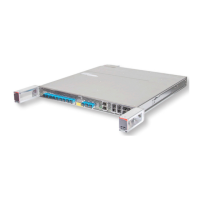
